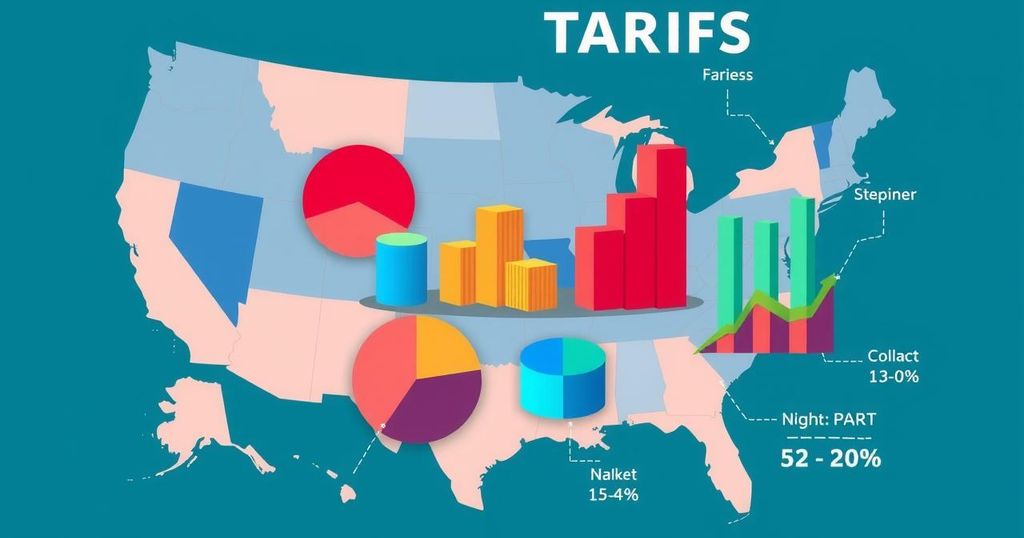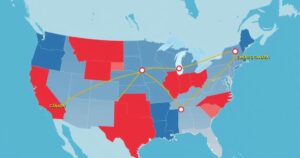Tariffs Under Trump: What They Mean for the US Economy
Understanding the Potential Impact of Tariffs Under Trump’s Policies
As President-elect Donald Trump prepares to enter the White House once again, tariffs are set to take a prominent position on his agenda. He has made lofty promises, saying he plans to impose a hefty 25% tariff on all goods from Mexico and Canada on his first day. Additionally, he’s looking to boost tariffs on Chinese imports by 10% as retaliation against issues like illegal immigration and drug trafficking. Trump’s commitment to an across-the-board tariff ranging from 10% to 20% on all imports, and an eye-popping 60% on Chinese goods, paints a rather bold image of his economic strategy—one that he argues will revive American manufacturing.
Business Costs and Consumer Prices Likely to Rise
Tariffs are, in Trump’s own colourful words, ‘the most beautiful word in the dictionary.’ He believes they can serve multiple purposes: punishing unfair trade practices, keeping companies from offshoring, and generating revenue to tackle the federal deficit. However, the negative implications of such tariff policies often fly under the radar during his discussions—like how they could potentially inflate costs for US businesses and consumers. Critics, including some independent studies, warn that his tariffs could translate into a burden, costing middle-class Americans anywhere from $1,350 to $3,900 annually, something his opponents have dubbed the ‘Trump Tax’.
Tariffs’ Economic Footprint and Political Promises
And there’s a fundamental misunderstanding Trump has perpetuated: he often claims that foreign nations bear the brunt of these tariffs. In reality, it’s American companies paying the price, which ultimately trickles down to consumers. While Trump asserts that his previous tariffs have not burdened the American public, many analyses, including those from the US International Trade Commission, refute this. Back in office, during an NBC interview, Trump admitted uncertainty about whether his proposed tariffs would lead to higher prices—a stark contrast to his earlier claims of ‘no inflation’ during his first presidency.
Continuing Tariff Policies and Future Plans
Trump’s intention to apply tariffs universally signals a significant shift in US trade policy. However, this approach has been met with caution from his chosen Commerce Secretary Howard Lutnick, who indicated that tariffs should only be applied thoughtfully. As history shows, when Trump was last in charge, tariffs affected around $380 billion worth of goods spanning various sectors—everything from electronics to everyday items like shoes. Current President Biden has largely retained these tariffs, even increasing some, highlighting their lasting grip on the economy.
Funding Ambitious Goals Through Tariffs: A Risky Gamble
As Trump seeks to re-establish himself within the political landscape, he envisions the potential for tariffs to generate jobs and fund initiatives through the revenue they produce. He’s suggested bold ideas like funding child care programmes or even replacing income tax entirely with tariff income. However, experts argue that such revenues won’t come close to covering his ambitious proposals, with projections estimating up to $7.75 trillion added to the national debt in the next decade. The reality is that while tariffs sound great on paper, their implementation could turn out to be a double-edged sword, weighing heavily on the US economy in more ways than one.




